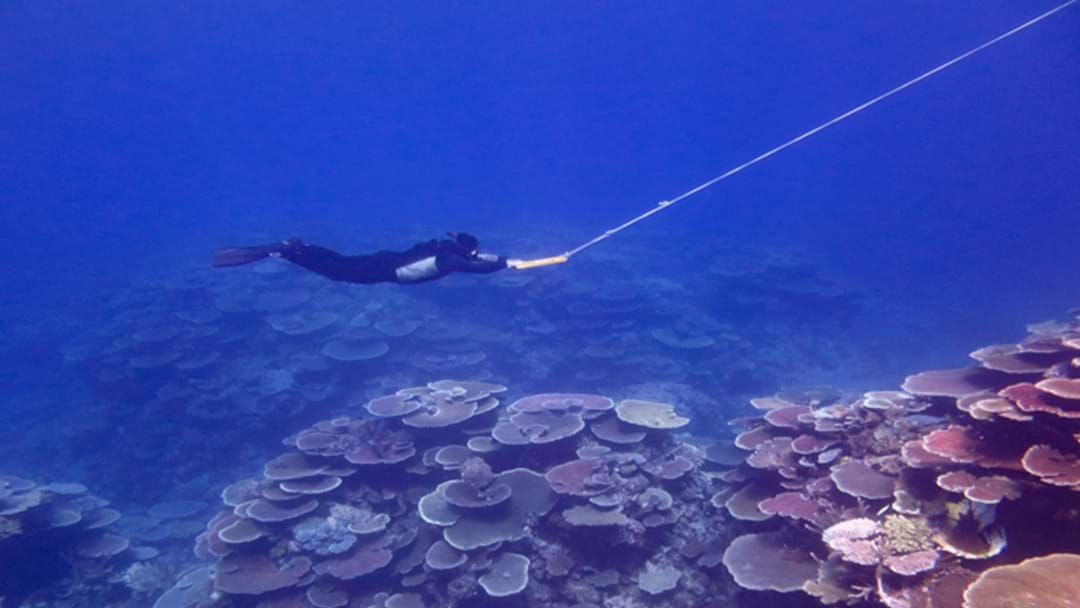Great Barrier Reef Records Highest Coral Cover In 36 Years
Mass-bleaching still present

AIMS
The Great Barrier Reef has recorded its highest coral coverage on the northern and central parts of the reef since monitoring began 36 years ago.
The Australian Institute of Marine Science’s (AIMS) Annual Summary Report on Coral Reef Condition for 2021/22, published today, revealed coverage in the north has increased from 27 per cent to 36 per cent in 2022, while central has increased from 26 to 33 per cent.
Stay up-to-date on the latest news with The Queensland Briefing - keeping you in the loop with news as it hits:
However, the southern region’s coral coverage dropped from 38 per cent to 34 per cent over the last year.
Eighty-seven reefs were surveyed between August 2021 and March 2022 to form the report.
AIMS CEO Dr Paul Hardisty said the results in the north and central regions were a sign the reef could still recover, but the loss of coral cover in the southern region showed how dynamic the reef was.
“A third of the gain in coral cover we recorded in the south in 2020/21 was lost last year due to ongoing crown-of-thorns starfish outbreaks,” he said.
“This shows how vulnerable the reef is to the continued acute and severe disturbances that are occurring more often and are longer-lasting.”
Dr Hardisty said increased frequency of mass coral bleaching events was “uncharted territory” for the reef, with this year’s bleaching event the fourth in seven years and the first to occur during a La Niña.
Coral bleaching occurs as coral’s response to stressful conditions such as heat.
During bleaching, coral animal loses its symbiotic algae and pigments causing it to turn white, leading to potential death.
While coral can survive bleaching, it becomes under more stress.
“In our 36 years of monitoring the condition of the Great Barrier Reef we have not seen bleaching events so close together,” Dr Hardisty said.
“Every summer the reef is at risk of temperature stress, bleaching and potentially mortality and our understanding of how the ecosystem responds to that is still developing.
“The 2020 and 2022 bleaching events, while extensive, didn’t reach the intensity of the 2016 and 2017 events and, as a result, we have seen less mortality.
“These latest results demonstrate the reef can still recover in periods free of intense disturbances.”
Mass bleaching caused by marine heatwaves was not known to occur prior to 1998.
AIMS’ 36-year-long dataset is the largest, longest, and most comprehensive collection of information regarding the health of the Great Barrier Reef.
Join Tom Tilley with regular rotating co-hosts Jan Fran, Annika Smethurst and Jamila Rizvi on The Briefing, Monday - Saturday, for the day's headlines and breaking news as well as hot topics and interviews. Available on Listnr: